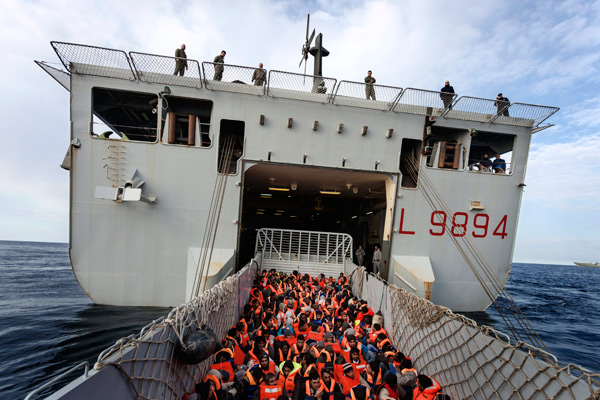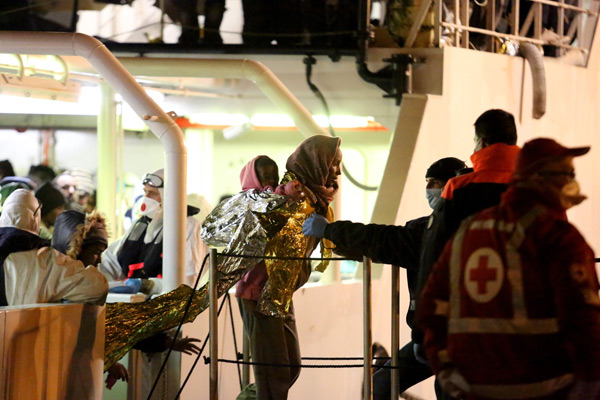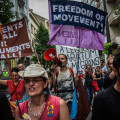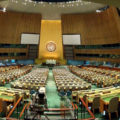When the migrants land on the Sicilian shores: from the docking to the relocation
We hear about the landings of migrants on Italian shores every day in the news but nobody really knows how landings are structured and who are the players involved. Thus, we have interviewed Miriam Salussolia[1], former Save the Children official, to get a detailed overview of what a landing really looks like, from the sighting of the ship carrying the migrants to the migrants’ actual relocation into different Italian provinces.
For less than a year, Miriam worked as Save the Children legal assistant for the Praesidium project. Set up and implemented for ten years by the Italian Government, and co-funded until 2014 by the European Union, Praesidium gathers together four main international organizations such as Save the Children, the United Nation High Commissioner on Refugees, the International Organization on Migration and the Red Cross, to provide legal support to the Italian State officials during the landings. Every time a ship docks on a Sicilian harbor, a Praesidium team – composed of a legal official and a mediator per organization, with a particular arrangement for the Red Cross – is deployed to provide the migrants with the basic and fundamental legal information about their situation. Moreover, Praesidium has the mandate to monitor the proper functioning of the facilities which welcome the migrants at the very beginning of their stay in Italy.
Miriam explains to Asylum Corner that a landing, with all its collateral activities, can take from four to ten hours, depending on the amount of people carried on the boat and their condition at the time of the docking.
The following few points will illustrate the phases of the arrivals as Miriam has described them during her interview:
- Phase one: The Italian Coast Guard manages the docking of the ship carrying the migrants. In most cases, the boats loaded with migrants are rescued quite far away from the coasts and convoyed towards the closest harbor.
- Phase two: The migrants are helped to get off the boat and usually sheltered in ad hoc facilities (like gazebos or plastic containers) that have been specifically built for this purpose. Indeed, since the beginning of the mass arrivals of migrants a few years ago, the Sicilian harbors have changed their face: from being the hub of thousands commercial transactions they have come to serve the purpose of humanitarian aid and shelter.
In order to help them recover from the long and unfortunate journey, food and beverages are offered to migrants.
The Italian local government (“Prefettura”) is in charge of this phase, as it is also of the following ones. Often, associations like the Civil Protection and the Caritas are called upon to provide their help in these early stages of the migrants’ arrivals.
- Phase three: Every migrant undergoes a first medical screening, which is necessary to assess whether he/she suffers from any special pathology or if the journey’s conditions have caused any serious consequence to the migrant’s body. When needed, the migrants are sheltered in the closest health facility and provided with the necessary care.
The medical staff can change in number according to the amount of migrants landing, but the local authorities always make sure the ratio between med staff and beneficiaries is sustainable and efficient.
- Phase four: The migrants are identified. They are asked by the Italian Police officials about their names, country of origin and whether they are accompanied by other members of their family. In order to respect the principle of family integrity, family members are relocated in the same area all over Italy.
- Phase five: The Praesidium team explains to the migrants what their legal situation is and what they are entitled to, with the precious help of well-trained mediators.
- Phase six: The migrants are relocated to various reception facilities all over the Italian peninsula. Usually, they leave the Sicilian harbors on big coaches that lead them outside the island and then up north towards the other Italian regions.
[1] Miriam’s statements reflect only her personal views and are in no way connected to Save the Children’s position.





